I’ve got a strange relationship with road bikes. On the one hand, I appreciate the way my ass looks in spandex, and I love being able to trick myself into getting exercise disguised as fun. On the other, I’ve seen one too many people crash in spandex (the road rash is enough to put you off your dinner), and I never really feel comfortable riding a bicycle on public roads. I’m not alone in that sentiment, and considering that some 806 cyclists died in automotive accidents in 2020 alone according to the National Center for Health Statistics, no one is going to change my mind on that count. I still enjoy the drop bar, clipped-in experience though, which is why I decided to get into gravel biking last year.
I’m a mountain biker at heart, so when I started my search for the best gravel bike to match my riding style, I looked for the one that was best suited for the widest variety of off-road duty. I’d ridden rigid mountain and gravel bikes on the dirt before, and found the experience to be particularly jarring, so some degree of suspension was high on my list. Aside from that, I looked for all the other features that I loved about mountain bikes in general. After lots of searching, I couldn’t find anything else on the market quite as attractive as the Cannondale Topstone Carbon. I’ve been riding the Topstone for two months now, and I’m convinced I made the right choice. If you’re a mountain biker who’s feeling a little gravel-curious yourself, here’s my take on the bike.
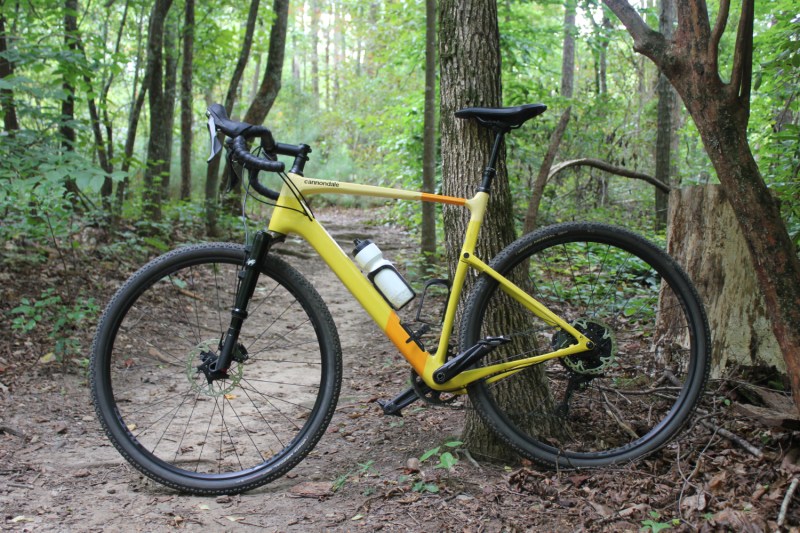
What is the Cannondale Topstone Carbon?
Put simply, the Cannondale Topstone Carbon is a true-blue gravel bike with about 30mm of suspension travel and loads of components that come straight from the world of mountain biking. The version I decided on, the Topstone Carbon 2 Lefty, incorporates both front and rear suspension, which I’ll dig into the details of later.
In addition to its suspension, the Topstone Carbon 2 Lefty also checks all my other important mountain-biking boxes: It’s got a single front chainring for low maintenance and simplified shifting, a dropper seatpost for obstruction-free descents, a full carbon-fiber frame for lightness and added compliance, tubeless-ready wheels, and grippy 700 x 44c tires. Sounds like a mountain bike to me…
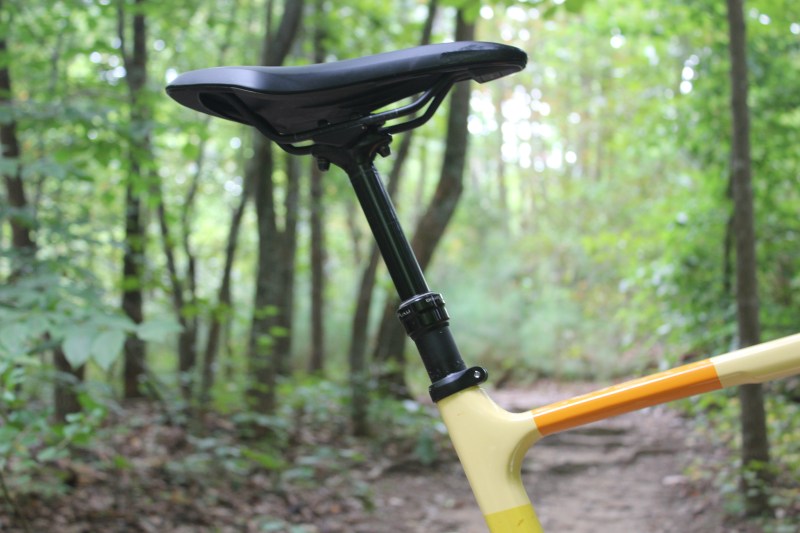
How does it work?
Cannondale Topstone Carbon
There’s a lot to love about the Topstone Carbon, but the big headline here is “full suspension gravel bike” so let’s start there. Up front Cannondale specs the Topstone Carbon 2 Lefty with their unique “Lefty Oliver” single-sided fork, which delivers 30mm of suspension travel to soak up chatter and soften those bigger hits.

This isn’t your typical mountain bike or cross-country fork, however: Cannondale went to great lengths to ensure the Lefty Oliver didn’t rob any efficiency from hard pedaling on road or off. Under normal pedaling, the fork delivers zero give, whether you’re seated in the saddle or standing up putting down the power. Cannondale achieved this by dialing in the fork’s compression damping, so you’ll only feel it working when you’re in the rough stuff.
Out back the Topstone Carbon uses Cannondale’s proprietary “Kingpin” suspension system, which works by mounting a through axle in the middle of the seat tube. By adding a pivot point in this location, the Topstone Carbon is able to take full advantage of the natural “flex” of carbon fiber, which amounts to about 30mm of rear suspension as well.
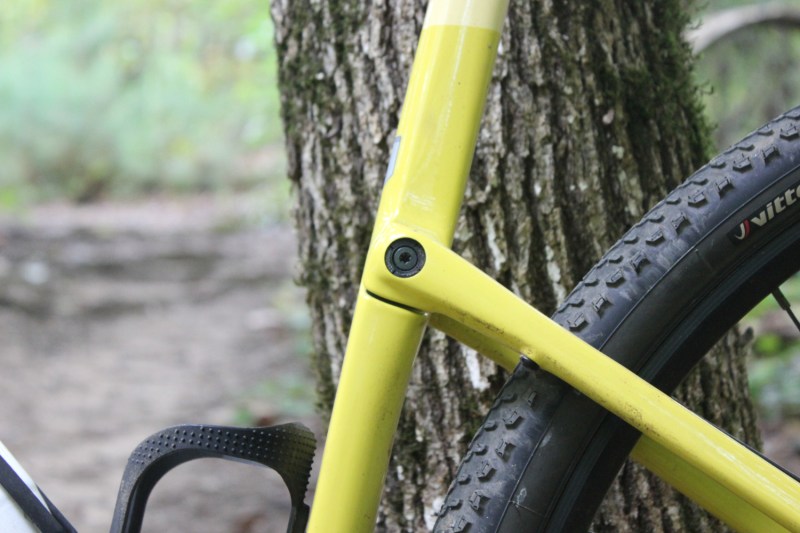
What are the features of the Cannondale Topstone Carbon?
- 30mm Lefty Oliver fork
- Kingpin rear suspension system
- Internally routed dropper post with remote lever
- 1×11 Shimano GRX gearset
- Full carbon fiber frame
- Cannondale Smartsense compatible
- Tubeless ready wheels
- 700 x 44c tires
What I like about the Cannondale Topstone Carbon
It’s impressively capable when the pavement ends: A lot of R&D went into honing the Topstone’s offroad chops, and the finished product is an absolute home run. The Topstone feels remarkably smooth over gravel paths, rough forest service roads, and backcountry dirt roads alike. That’s to be expected from any good gravel bike, but the Topstone’s capability doesn’t end there. I’ve been regularly mixing singletrack trails into my gravel rides, and the level of confidence you get on sketchy terrain is downright shocking. The novelty of taking what is essentially a beefed-up road bike down intermediate trails, complete with rock gardens and root-covered climbs just never gets old.
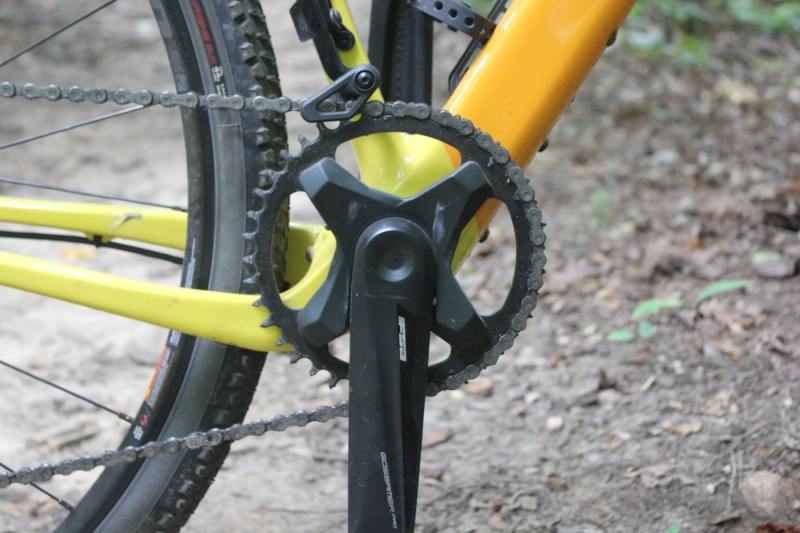
It’s still a capable road bike as well: Despite its off-road bias, Cannondale was careful to preserve the Topstone’s efficiency and responsiveness on the pavement. I still avoid busy public roads as much as possible, but the Topstone pedals well and handles with impressive precision on tarmac when you want it to. There’s serious value to be had in a bike that can wear so many different hats, and it’s nice knowing I won’t need to go out and buy a second bike if I decide to take up longer-distance touring with more pavement in the mix.
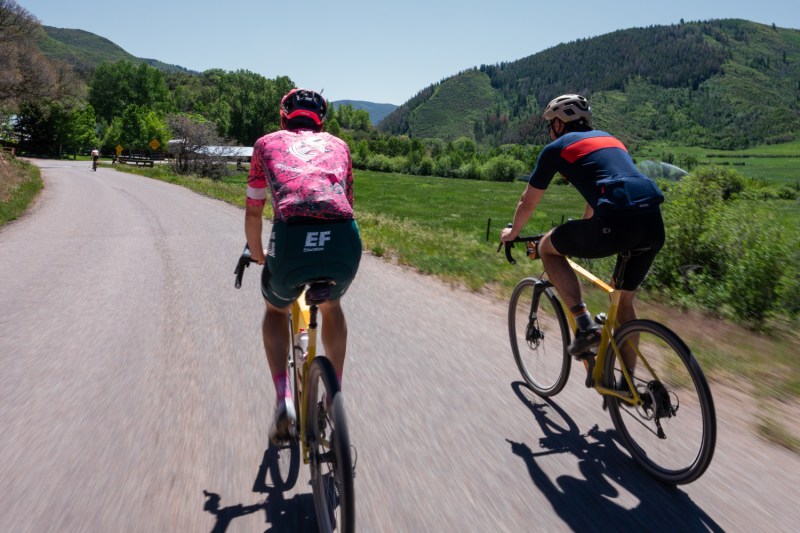
The Cannondale Topstone is big on safety: While the off-road-biased model I decided on doesn’t come equipped with any electronics, the frame is designed to accommodate Cannondale’s latest “Smartsense” safety system. Smartsense is an all-in-one integrated system that links all your safety necessities (front and rear light, rear facing radar, handlebar display) to one frame-mounted rechargeable battery, which allows you to simply clip in and go without worrying about powering multiple individual devices. The battery delivers up to 150 days of standby power when not in use, and the entire system automatically activates when you start pedaling. You can add Smartsense to the bike later as a plug-and-play package, or opt for another one of the Topstone models that comes with the system pre-installed.
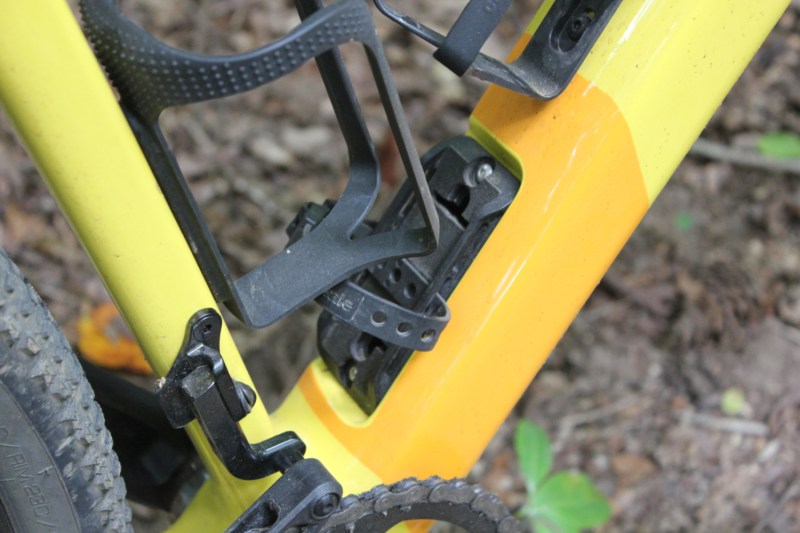
What I don’t like about the Topstone
The single chainring sacrifices some efficiency: While I personally eschew front derailleurs and consider the tradeoff of simplicity versus efficiency a welcome one, riders who split their time more evenly between maintained roads and trails will likely miss that second cog up front. Cannondale has Topstone Carbon offerings with a 2x front setup available, but they all stick to a rigid carbon front fork to complement their more road-biased builds.
The dropper post robs some frame compliance: As I said before, Cannondale spent long hours in the lab pushing the limits of how much flex could be worked into a carbon frame. The Topstone and its unique Kingpin design lead the pack in that regard, but you’ll need a standard carbon seatpost to get the most give out of the Topstone when seated. All things considered, it’s a simple upgrade that can be had for under $200, but if you’re planning on tackling long-distance touring or bikepacking duty, it’s one you’ll want to make.
FAQs about the Cannondale Topstone Carbon
How much does the Cannondale Topstone Carbon 2 Lefty weigh?
The Cannondale Topstone Carbon 2 Lefty weighed in at 24.5 lbs on my scale. This weight will fluctuate somewhat depending on your frame size (Cannondale custom tunes the dimensions of each frame size to optimize the flex for a rider’s approximate weight), but 24.5 was what I got for a large-sized frame (without pedals) running a tubeless setup.
Do all Cannondale Topstone bikes include suspension?
If you’re shopping for carbon frames, every bike in the Topstone lineup includes the rear kingpin suspension system. You’ll have to opt for one of the “lefty” models to get your squish fix up front though, and the Carbon 2 Lefty is the cheapest way to get into their full suspension setup.
How much does the Cannondale Topstone Carbon cost?
As is the case with most high-end bikes, prices vary significantly depending on your choice of components. The new line of carbon models starts with the Topstone Carbon 4, which retails for $2,825, and goes all the way up to the flagship Topstone Carbon 1, which sells for $7,850. The Carbon 2 Lefty I’ve been riding was the happy medium for me, and delivers the full-suspension goodies without the Smartsense package for $4,250.
Should you buy the Topstone Carbon?

While I haven’t ridden any of the other Topstone Carbon bikes, I would absolutely recommend the Carbon 2 Lefty model to anyone and everyone. This is a particularly great fit for riders coming from the mountain bike world, and I’ve been enamored with how much of the MTB experience translates into riding this bike. The suspension travel is limited at 30mm, but it’s just right for the types of terrain you’ll be covering on a drop-bar bike, and gives you the confidence to push the Topstone into places you really have no business riding it to begin with.
It isn’t exactly cheap at over $4,000, but the price is right in line with popular carbon options from other well-established brands like Specialized, Trek, and Santa Cruz. If off-road capability is your main concern, there’s really nothing else out there like the Topstone, and although options are severely limited in the fledgling full-suspension gravel segment, nothing else can compete at this price point. The fact that the Topstone does everything well, both on-pavement and off, adds a ton of value for the money as well, and regardless of where your adventures take you, you just can’t go wrong with this bike.
Editors' Recommendations
- Every rider should know these mountain bike climbing basics
- Act fast to join the lottery for the coolest Great Smoky Mountains experience
- The best long-distance bike trails across the U.S.
- 3 things you need to know about mountain biking in Sedona
- 3 must dos before riding your new mountain bike



